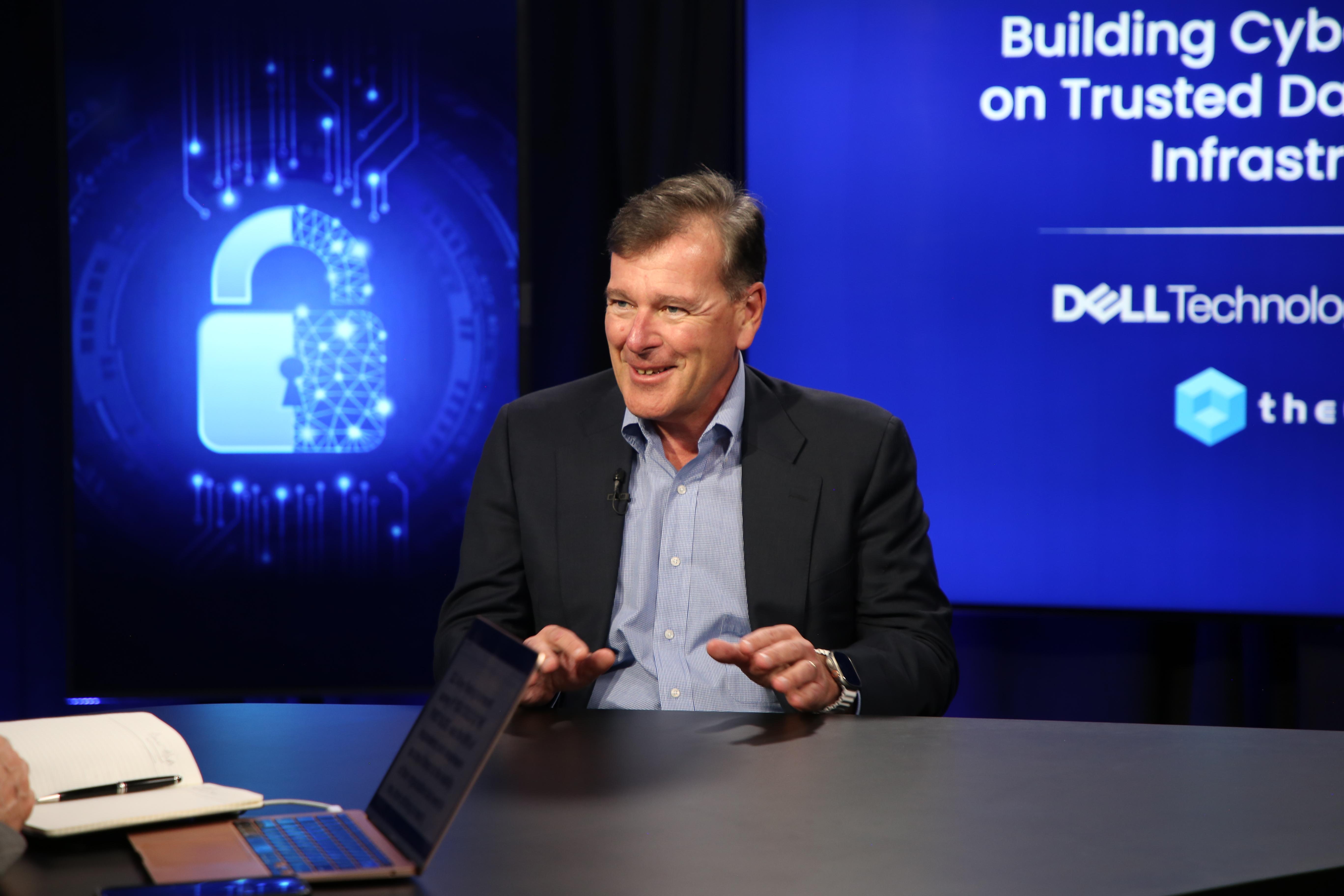 SECURITY
SECURITY
 SECURITY
SECURITY
 SECURITY
SECURITY
The ransomware goalpost is constantly shifting, leaving gaps that attackers steadily exploit through ransomware. Companies must stay on top of the changing dynamics and continuously evolve their data protection strategies.
In a recent survey by Enterprise Strategy Group, 89% of respondents reported ransomware as a primary threat to the viability of their business. Today’s cyberwar has transcended the IT domain and now threatens business profitability. Given this reality, how are companies arming themselves with tools such as artificial intelligence to mount capable defenses?
“This is a business issue — we’re talking about an existential problem here with ransomware attacks,” said Christophe Bertrand (pictured), practice director of data management and analytics at ESG. “What that changes is also the nature of other people involved. Here’s the good news for IT professionals: They will have the ear of their executives; they will have access to more budget and they will have access to more resources.”
Bertrand spoke with theCUBE Research chief analyst Dave Vellante at the “Building Cyber Resilience on Trusted Data Protection Infrastructure” launch event, during an exclusive broadcast on theCUBE, SiliconANGLE Media’s livestreaming studio. They discussed AI and the paradigm shift in data protection strategies required by today’s cyber threats. (* Disclosure below.)
With today’s ransomware attacks showing unprecedented levels of sophistication and technical savvy, the situation’s gravity for enterprises can’t be overstated. Traditional approaches to disaster recovery are no longer sufficient. Companies must evolve a holistic organizational response involving a ground-up overhaul, according to Bertrand.

ESG’s Christophe Bertrand analyzes the data around current enterprise data protection.
“It means you have new processes, new teams, and you have to think through the technology,” he said. “I’m going to say it one more time. The nature of the problem has changed, and that’s really what’s at stake here. You are critical in IT now in your ability to help de-risk the business, and that’s a big deal.”
Modern cyber threat responses also require tight-knit coordination across the corporate structure, particularly within the IT and security teams. Attackers are poised to exploit any synergistic gaps at a moment’s notice, Bertrand added.
“It’s also forcing some conversations across different groups that maybe were not talking before,” he said. “Let me put it this way: The minute the security guy calls the backup and recovery guy to say, ‘I’ve got a problem. Can you help me recover?’ Well, guess what? It’s too late. You should have been talking before.”
Modern cyber threats are unpredictable, and businesses must rethink their data protection approach. The traditional metrics of recovery point objective and recovery time objective no longer suffice in this landscape. There’s a need for more preemptive measures and a shift towards cyber resilience, according to Bertrand.
“I like to say that disaster recovery is dead; now we’re really in the era of cyber recovery and cyber resilience,” he said. “The combination of cybersecurity, traditional disaster recovery and data management is happening … against a background of a lot of data being generated around AI and a lot of investments going in all new areas of technology.”
While it may seem counterintuitive, AI and data protection go hand in hand. The proliferation of AI-generated data poses new challenges for backup and recovery. Organizations must protect this valuable data as it represents significant investments and intellectual property, according to Bertrand.
“Think of it as a new workload, for lack of a better term,” he said. “As if we didn’t have enough data, we’re generating even more data — training data, model data, whether for analytics, for gen AI, you name it. We’ve looked at that, and it’s starting to become significant. You’ve got to protect that. The reality is it’s not quite happening.”
Moreover, AI and machine learning hold promise in improving data protection processes. The tech is showing promise in enhancing recovery capabilities, improving existing recovery time objective and recovery point objective approaches — two key parameters in a disaster recovery or data protection plan — and automating mundane tasks, according to Bertrand. Optimism must be tempered with caution, however, as this transition will require time and a strategic approach.
“At the end of the day, you are looking to solve for quality in the data so that the models do not hallucinate so that the data you generate is compliant, and so that you are responsible as an organization,” Bertrand said. “This notion of responsible AI is a very hot topic that we’re also researching in my practice.”
Here’s the complete video interview, part of SiliconANGLE’s and theCUBE Research’s coverage of the “Building Cyber Resilience on Trusted Data Protection Infrastructure” launch event:
Watch the full event episode here:
(* Disclosure: TheCUBE is a paid media partner for the “Building Cyber Resilience on Trusted Data Protection Infrastructure” event. Neither Dell Technologies Inc., the sponsor of theCUBE’s event coverage, nor other sponsors have editorial control over content on theCUBE or SiliconANGLE.)
THANK YOU